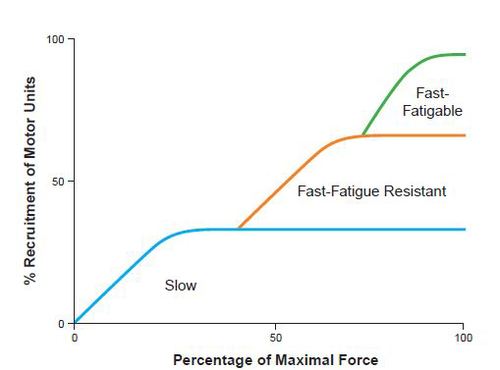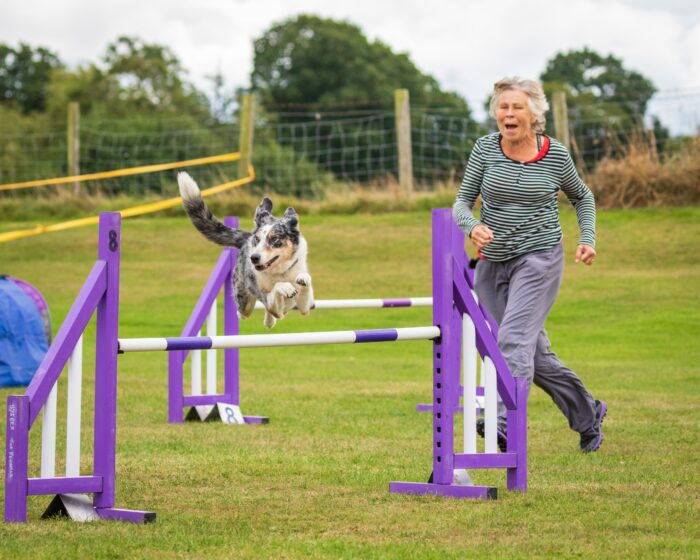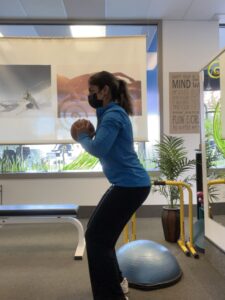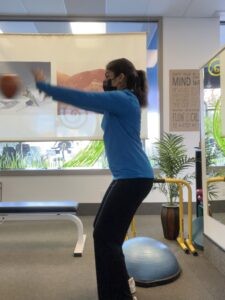Hooked on Plyometrics!
No, it’s not a type of math, nor is it a measuring system, plyometrics is a group of exercises that build on power using quick bursts of force. This may sound intimidating, but plyometric exercises can be quite simple. In fact, we’ve already prepped you on the topic of ‘plyos’ in an earlier blog, AND it’s very likely that you have done jumping jacks at some point…but did you know that jumping jacks are a plyometric exercise? You have gotten yourself started already.

The science of plyometrics
As stated above, plyometrics works to develop power which is the combination of strength and speed. Power is the use of force over a specific range of motion and period of time.To produce this force, the muscle must contract in either a concentric or eccentric manner. Eccentric contractions (lengthening of the muscle while producing force) produce more force and utilize less energy than concentric contractions. This is due to the difference in recruitment of motor units.
Motor units are bundles of muscle fibers that are all innervated by the same motor neuron. They range in size and are recruited at different times during muscle contraction. The smallest motor units, known as slow-twitch fibers are recruited first and produce minimal force for a long period of time. The last motor units to be recruited are the largest, these are known as the fast-twitch fibers, which produce large forces but for short periods of time.

Eccentric contractions require less motor unit recruitment and in turn, less energy expenditure. This occurs because the load of the external force (ie. the dumbbell, the olympic bar) is greater than the force produced by the muscle. Wow, that was confusing! Let’s break it down with an example:
You are performing bicep curls with a 20lb dumbbell. As you curl the dumbbell up towards your shoulder, you are performing a concentric contraction (shortening of muscle while producing force). The muscle contracts and you can admire your big guns in the mirror as they are flexed. The next step of the movement is the lowering of the dumbbell back down towards the floor, this is the eccentric contraction! Your bicep is elongating but still producing a small force to control the speed of lowering of the dumbbell. The force of the dumbbell is greater than the force of your muscle, which is why it is lowering towards the floor.

To produce the greatest force and power from the muscle, we must combine eccentric and concentric contractions. An eccentric lengthening phase prior to a rapid concentric contraction produces the power, and therefore speed and force, that is the basis of plyometrics! This sequential eccentric/concentric contraction is called the stretch-shortening cycle. Through various plyometric exercises and training, you can adapt your muscles and generate more power to benefit you in all aspects of your life.
Benefits of plyometrics
Plyometrics is typically combined with resistance training to maximize benefits. In general, the most common result of the two is an increase in muscle size, an amazing benefit for those impacted by sarcopenia (age related loss of muscle mass). Did you know that ??as you age, you lose roughly 5-8% of muscle mass each decade after you turn 30? This might not sound like much, but the average American male is 5’9″ and weighs ~200 lbs. Each decade, that is around 10 lbs of muscle lost. By the time you’re 60 years old, you’ll have lost 30 lbs of muscle. This is why plyometrics can be so beneficial for older age groups!
This increase in size is seen most frequently in the leg muscles such as the quadriceps, hamstrings, and adductors, since jumping is a big aspect of plyometric training programs. However, programs can be created and altered based on your wants and needs. You may want to increase your agility, vertical and/or horizontal jump distance, or simply your balance… plyometrics training can be adapted to improve all of these. Sport specific training can also be completed to improve specific aspects of your athletic performance.

But what if you aren’t playing any sports right now, what reason should you have to try plyometrics? (Hint: see answer below)
Plyometrics and injury prevention
No one likes getting injured, and the time it takes to recover can set you back on your fitness journey. Plyometrics improves landing techniques as well as torque stability, both huge aspects of our daily lives. Ever feel that weird back pain when rotating while carrying something heavy? Upper body plyometric exercises can adapt muscles to improve torque and protect your body from injuries caused by routine tasks.
The last benefit I wanted to mention is improved bone density! This one is perhaps the most important impact if you are simply looking to stay healthy. The impact phases of plyometrics (ie. the landing) provides a stimulus for the body to lay down the building blocks to increase bone tissue. This is extremely beneficial for any age group to build strong bones and delay the effects of osteoporosis (age related decrease in bone mass).
Plyometrics for Beginners
Prior to starting plyometric exercise, some trainers recommend being able to squat 1.5x your body weight for at least one rep. While this is a great way to ensure your joints/body are capable of handling the increased loads associated with the jumping aspects of plyometrics, it does not apply to all plyometric patterns. As long as you have a stable core and joints and a good range of motion, you will be good to go for low-impact/bouncing and beginner plyometrics. This way you can build your way up to doing high-impact plyometrics and see all the wonderful improvements you make on the way!
Now that you know what plyometric training is, and why it is so great, let’s get you started with a few beginner exercises to ease your way into a better you.
Jumping Jacks
- Begin with your feet together and your arms glued to your sides
- Jump in the air while spreading your legs and clapping your arms together above your head (exhale during this motion)
- Land in this position
- Jump in the air while bringing your arms back to your sides and bringing your legs back together
- Repeat for periods of 30s – 1 minute and progress as necessary!
These guys might be doing it “Wrong” but they’re still jumping!
Jump Squats
- Begin in a squat position with your arms tucked to your chest
- Jump upwards and extend your arms backwards or to the sky to propel yourself upwards (exhale during this motion)
- Land in the position you started in
- Repeat for periods of 15s – 45s and progress as necessary!
Medicine Ball Chest Pass
- Begin in a comfortable, low position with knees slightly bent and a strong base of support. Hold the medicine ball close to your chest
- Extend your arms and throw the ball to a partner or a strong wall (exhale during this motion)
- (Optional): Receive the ball by having your arms extended and bringing the ball back to the starting position as you catch it
- Repeat for periods of 15s – 45s and progress as necessary!


Final remarks
Now that you know what plyometric training is, how it benefits you, and some examples of beginner exercises, you have everything you need to get started! If you do have injuries or already suffer from osteoporosis, it is best to get a doctor’s or trainer’s advice about whether you are able to incorporate these exercises into your program. There are however many different types of plyometric exercises that do not require jumping, or utilize specific muscles, making it a very flexible training type for anyone to try.
Happy exercising!
 About the author: Sarra Pirmohamed
About the author: Sarra Pirmohamed
Sarra started playing sports at a very young age and has always loved competition and being active. She has been inspired to learn more about exercise physiology and rehabilitation and is currently enrolled at Simon Fraser University completing her degree.







